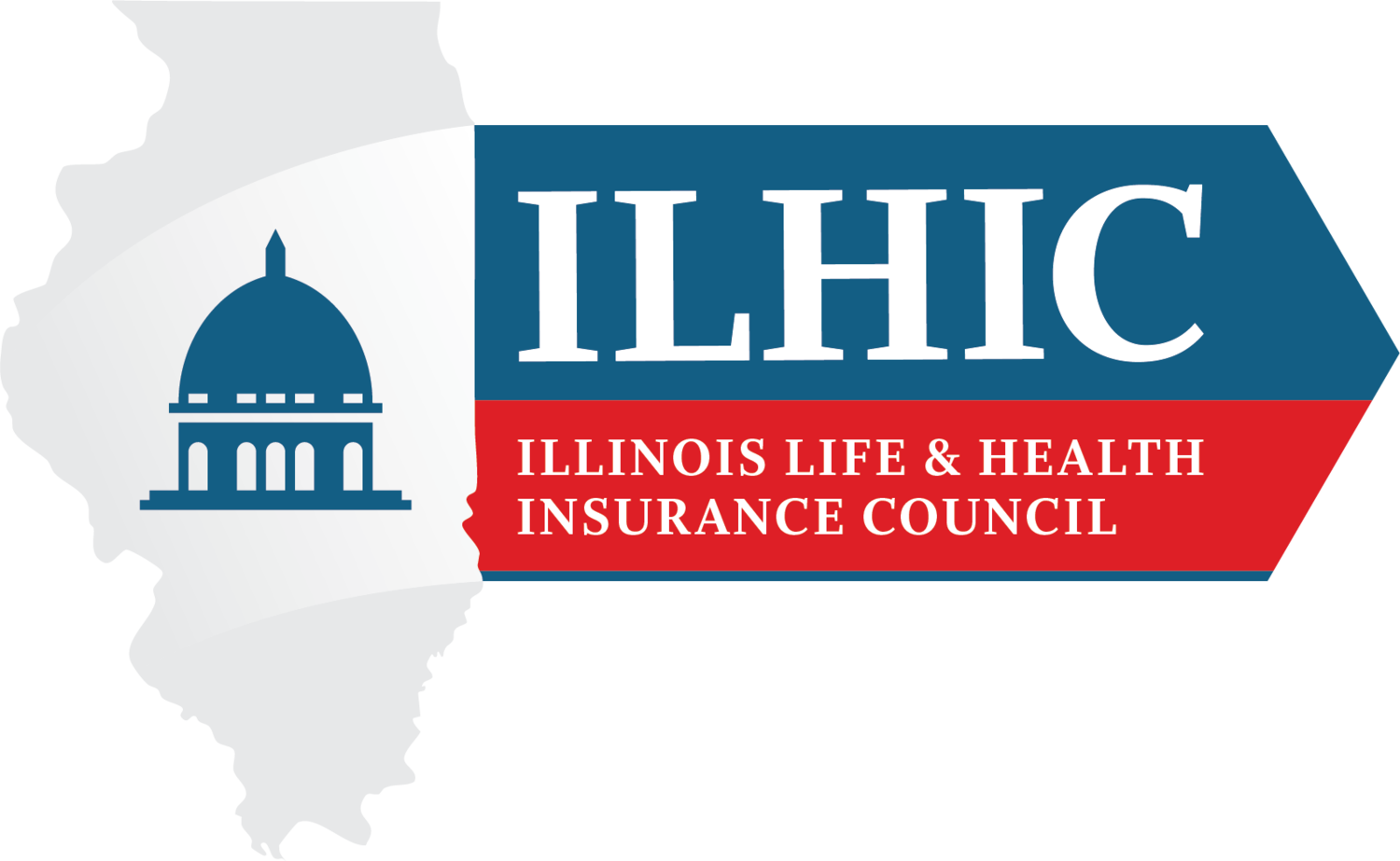The ACA, a Broken Stool, and the Balancing of Opportunity
The Affordable Care Act (ACA) landmark health law lives to fight another day after the Supreme Court reversed an appeal by the vote of 7-2, ruling that the plaintiffs lacked standing to sue. The plaintiffs were not successful in showing injury or harm from the ACA’s unenforceable individual mandate provision, which requires individuals to purchase health insurance unless the individual receives an exemption. The individual mandate originally included a financial penalty for those without health insurance. However, in 2018, the penalty was reduced to $0, essentially removing the teeth behind the requirement to become insured.
The ACA continues to stand challenge after challenge and has proved that it is the pillar of modern healthcare in the United States. As the Nation moves forward with a renewed sense of security and relief that affordable healthcare is still available, work remains.
Over one million people have taken advantage of President Biden’s Special Enrollment Period scheduled from February 15 to August 15.[1] While this number is almost double the enrollment from the previous two years, there are still financial barriers and outreach issues for communities in need of health insurance.
If the ACA were a three-legged stool, enrollment, outreach, and accessibility would be its legs. With the ACA here to stay, states should assess the “ACA stool” and work on strengthening the policy. Establishing other mammoth policies, such as a basic health plan, would further disrupt and splinter the ACA pillar, leaving consumers with the bill for the State’s damage.
A basic health plan in Illinois would increase unsubsidized premiums for individuals by 4%-6%, while also costing Illinois millions of dollars to establish its own exchange system platform for ease of implementation, further ballooning premiums to individuals who are unable to receive subsidies.[2] Results from a recent Illinois feasibility study showed that while a basic health plan would cost significantly lower than Marketplace silver plans, the policy would decrease enrollment in the individual Marketplace by a whopping 35%, placing financial strain on individuals unable to enroll in the basic health plan. In addition, the modeled basic health plan reimburses healthcare providers at Medicaid rates, which will not incentivize providers to contract, which could create disruptive contract disputes for consumers. Some providers refuse to take on additional Medicaid patients since Medicaid rates are usually much lower than private payers.[3] Essentially, by providing this new and untested product without balancing the implications within the broader Marketplace scope, a basic health plan will further harm the “accessibility” leg of the ACA stool.
Rather than looking for massive alternative post pandemic overhauls to the healthcare system in each state, states should look toward fixing the “broken stool” and strengthening the ACA in order to better serve state specific needs. Fixing what is broken in a system that is currently flourishing will only continue to strengthen the goal of providing affordable and accessible health insurance. In addition, creating a stronger ACA will have a positive effect on Medicaid by way of enrollment.[4] If fact, Medicaid enrollment surged during the COVID-19 pandemic and now has more enrollees than it ever has in the program’s history.[5]
With ACA enrollment increasing at a staggering rate, there is an opportunity to build off the momentum by looking at state specific outreach deficiencies. States may even build from recently implemented and innovative advertising strategies created to advocate for the COVID-19 vaccine. States have been utilizing the same tailored outreach and advertising efforts that may be used to promote the ACA to boost vaccination rates. Similar methods may be assessed and utilized to promote outreach for Marketplace coverage.
Let us not create an unfortunate ripple effect on our healthcare economy by way of alternative policy. Instead, let us build upon what is already evidenced as successful and praised by many.
[1] Obamacare Sign-Ups Top 1 Million During Special Enrollment Period for COVID-19; Obamacare sign-ups top 1M during special COVID-19 enrollment period (usatoday.com) (May 11, 2021).
[2] Feasibility Report for Coverage Affordability Initiatives in Illinois; Microsoft Word - 04.01.21-Main Feasibility Study Report - LP(SC).docx (illinois.gov) (April 2021).
[3] Medicaid Reimbursement, Not Expansion Status, Affects Doctors’ Acceptance of New Patients; Medicaid reimbursement, not expansion status, affects doctors' acceptance of new patients | Healthcare Dive (April 11, 2019).
[4] How is the ACA Impacting Medicaid Enrollment?; How is the ACA Impacting Medicaid Enrollment? | KFF (May 5, 2014).
[5]Medicaid Enrollment Jumped During the Pandemic, a New Report Says; Medicaid Enrollment Jumped During the Pandemic, New Report Says - The New York Times (nytimes.com) (June 21, 2021).
